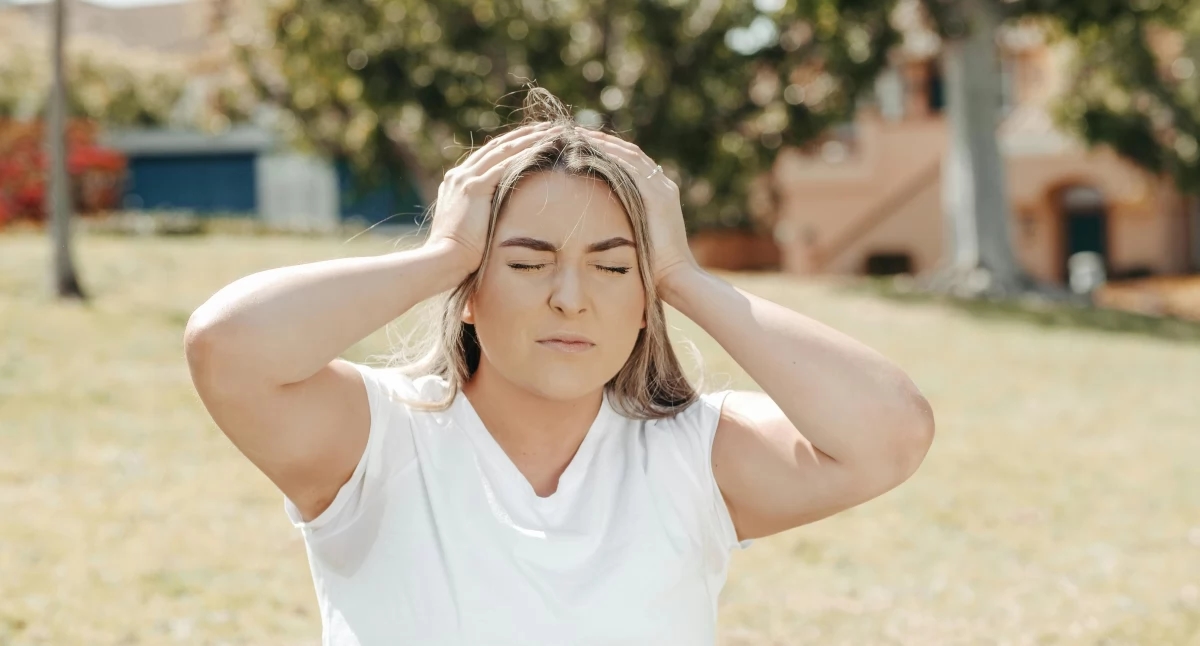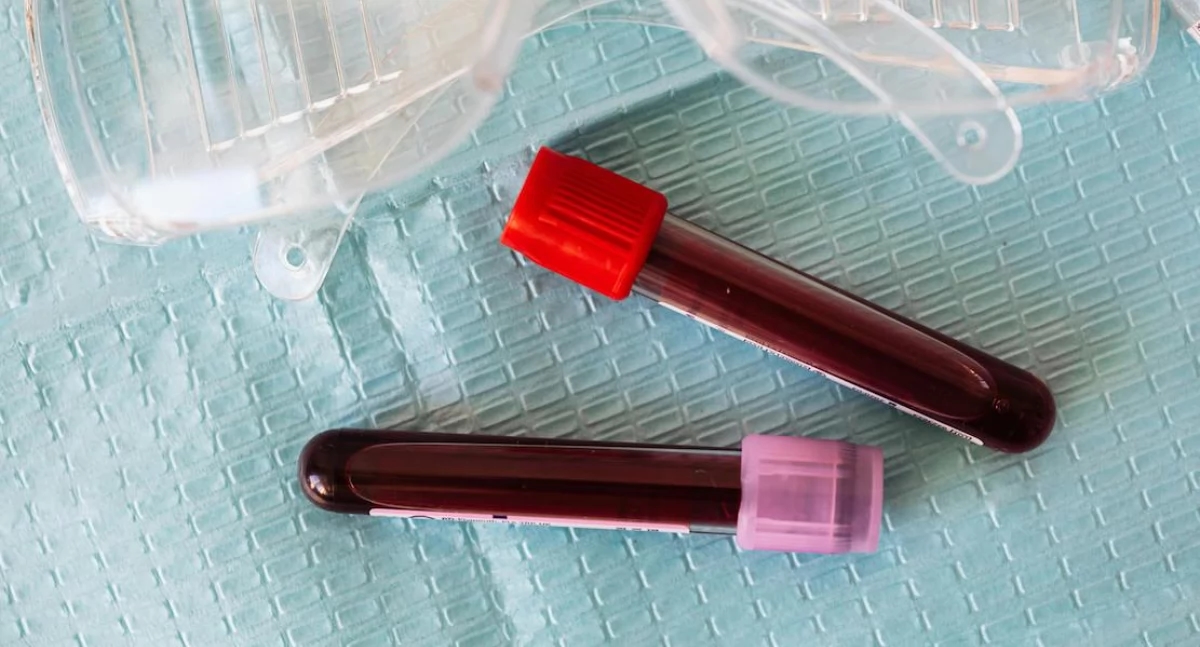A machine that allows the liver to "live"; a breakthrough in clinical transplantology.

Thanks to modern normothermic perfusion technology, the liver can "live" outside the body for up to 40 hours. Prof. Michał Grąt, national consultant in clinical transplantology, explained to PAP how the device, which allows for maintaining and assessing the organ's function before transplantation, works.
October 26 is World Organ Donation and Transplantation Day . The goal of this day is to promote transplantation and raise public awareness of organ, tissue, and cell donation after death. It is an opportunity to recognize the importance of supporting those in need of transplants and to encourage people to express their wishes in this regard.
PAP: Professor, is it true that a device has been constructed that allows keeping a liver alive after being removed from a donor?
Prof. Michał Grąt: Yes, that's true. We're talking about a normothermic liver perfusion machine developed by scientists at the University of Oxford. It's not just a "box," but a complex system that allows not only for extending the storage time of the organ but, above all, for assessing its function before transplantation.
PAP: How long can liver be stored this way?
MG: Typically, a liver stored under hypothermic conditions, i.e., at 4°C, should not be deprived of blood supply for longer than 12 hours. In a normothermic perfusion machine, this time can be extended to up to 40–42 hours, depending on the protocol used. This is a significant difference, providing us with a greater margin of logistical safety—for example, during long transport or a more difficult recipient surgery.
PAP: What is the difference between classic cooling and normothermic perfusion?
MG: In the traditional model, the liver is cooled and "put to sleep." In normothermic perfusion, we maintain it at human body temperature, around 37°C, and pass a fluid resembling blood through its vessels. This fluid contains human red blood cells enriched with oxygen, which allows for the restoration of blood supply and maintains the organ in a state of full metabolic activity. The liver is literally "alive" in this machine.
PAP: What does this "life" outside the body give us?
MG: First of all, we can check whether the liver is functioning properly. This is a huge advancement – previously, we could only estimate whether the organ would resume function after transplantation. Now we can objectively assess this before surgery. If the liver in the machine produces bile, metabolizes glucose, and maintains proper biochemical parameters, there's a high probability it will continue to function after transplantation.
PAP: How big is this machine?
MG: This device measures approximately one and a half meters by one meter. It fits into a specialized vehicle, which the collection team uses to transport the organ. The entire system is fully automatic – it independently regulates fluid flow and composition, responding to liver parameters in real time.
PAP: What does the procedure look like from the technical side?
MG: After harvesting, the organ can be connected to the machine immediately at the donor hospital or after a short cooling period, depending on logistical constraints. From the moment it's connected to the perfusion circuit, the liver is reperfused, meaning it's supplied with blood again, and functions as if it were in the body. This allows it not only to be stored but also "tested."
PAP: Are there situations when the transplanted liver does not function?
MG: Unfortunately, yes. This is one of the most serious complications after transplantation. The liver may fail to function even if the ischemic period was short and there were no risk factors. In such a situation, the patient always requires urgent retransplantation, and the chances of survival are slim without finding a suitable organ within two to three days. Thanks to the machine, we can transfer the risk of assessing organ function from the patient to the machine – if the liver doesn't function in the machine, we simply don't transplant it.
PAP: Is this technology already permanently installed in your center?
MG: The machine was made available to us (CSK WUM) by a company originating from the research team in Oxford. We use it under a contract that mandates a certain number of procedures per year. It's an expensive device, so we mainly use it in cases where we have doubts about the quality of the organ—for example, in cases of fatty liver disease or in donors with signs of transient liver failure.
PAP: How great is the potential of this technology in the context of increasing the number of transplants?
MG: It's estimated that normothermic perfusion can save 20-30 percent more livers than would otherwise be discarded. In practice, this translates to dozens of additional lives saved each year. It's estimated that every ten additional livers could translate into nine saved patients.
PAP: How is such procedures financed?
MG: The costs are significant, but they are partially covered by the National Health Fund (NFZ) as part of its transplant funding. Additionally, the Ministry of Health supports us through the National Transplant Program, which provides funding for cutting-edge perfusion technologies. This investment has not only medical but also economic implications – saving a patient through a transplant is significantly cheaper for the state than long-term treatment for organ failure.
PAP: How many transplants have been performed so far using this technology?
MG: We've performed three such transplants so far. In all cases, the livers resumed function after transplantation, and in one case, the liver was transported from abroad as part of the European organ exchange program.
PAP: How do you assess the future of this method?
MG: This is the beginning of a revolution. Currently, we use the machine to store and evaluate organs, but in the near future, extracorporeal treatment will also be possible. Research is underway to enable the liver to regenerate in the machine—perhaps for as long as two or three weeks. This opens up entirely new perspectives for transplantology.
Interviewed by Mira Suchodolska (PAP)
mir/ mick/
naukawpolsce.pl





